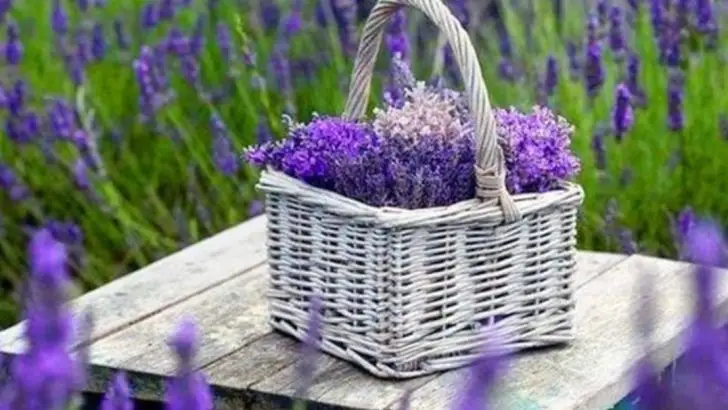Edible flowers bring color, flavor, and a touch of elegance to any dish. Whether sprinkled on salads, infused into drinks, or used as vibrant garnishes, these blooms can elevate your cooking and delight your guests.
Growing edible flowers at home is easier than you might think—once you know which varieties to choose and how to care for them. From peppery nasturtiums to delicate violets and fragrant lavender, each flower offers its own unique culinary charm.
In this article, uncover the secrets to growing edible flowers that impress every guest—and turn your garden into a source of beauty and flavor.
Nasturtiums
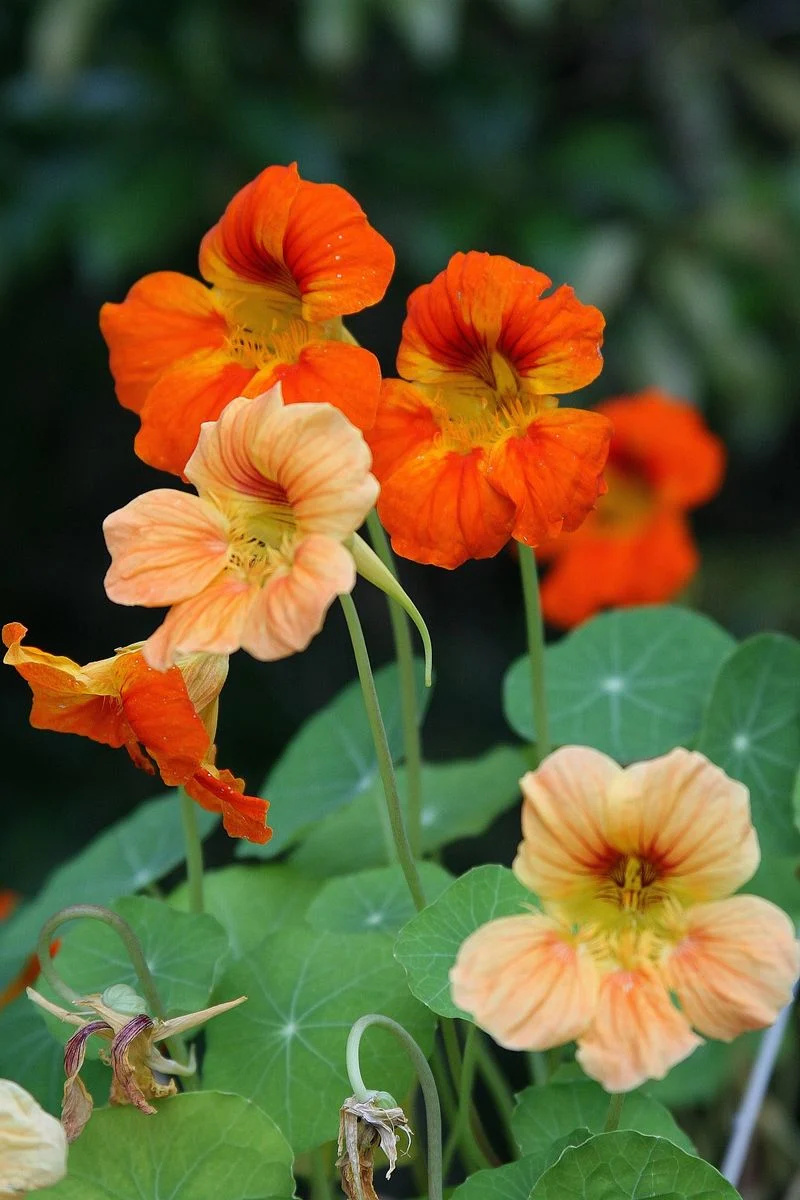
Nasturtiums are not only eye-catching but also pack a peppery punch that intrigues the palate. Their brilliant oranges and reds liven up salads, making them both a visual and flavorful treat. In Victorian times, nasturtiums symbolized conquest and victory, adding historical flair to their culinary appeal.
Thriving in poor soil, these flowers are perfect for those who dread constant pampering of plants. They require minimal care, needing only sun and occasional watering to flourish. Nasturtiums can attract beneficial insects, too, acting as a natural pest deterrent. This makes them not just pretty, but practical as well.
Pansies
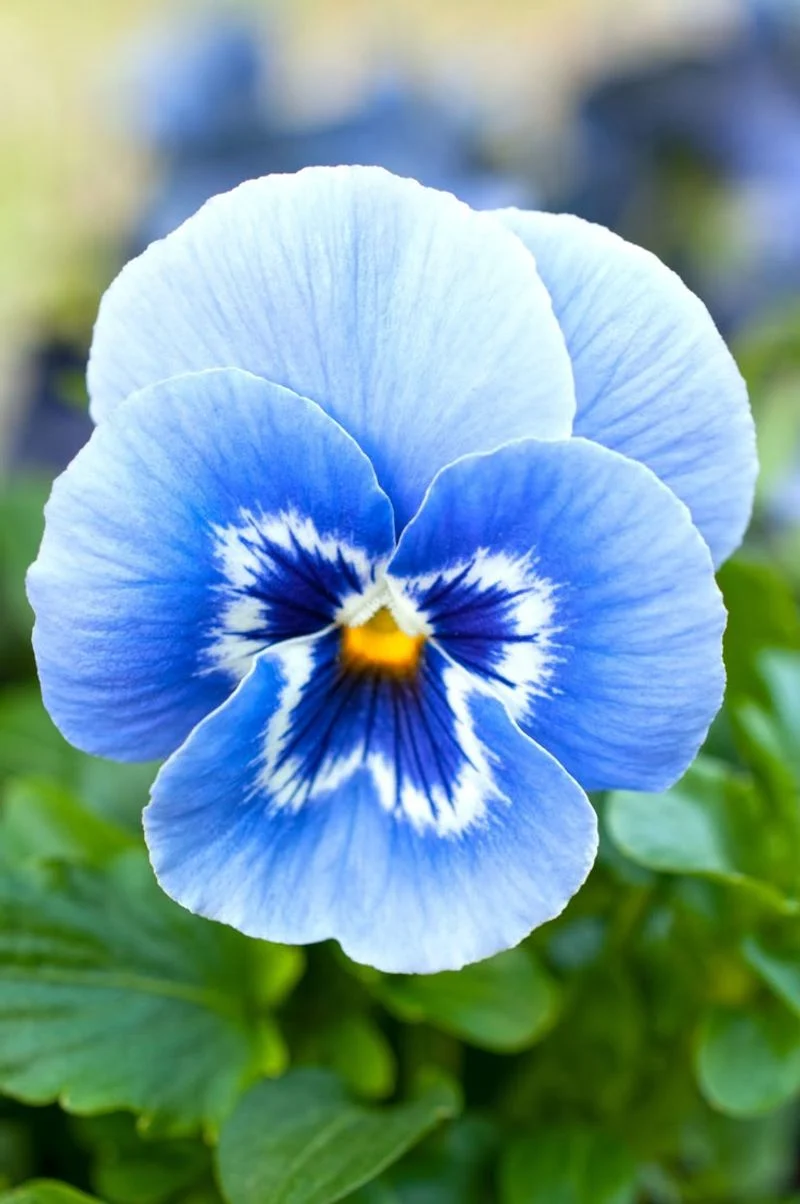
With their charming ‘faces,’ pansies add a whimsical touch to your garden and plates alike. These flowers boast a mild, slightly sweet flavor, making them ideal for garnishes or as cake decorations. Widely appreciated in Europe during the 19th century for their beauty and symbolism of loving thoughts, pansies continue to enchant gardeners today.
Pansies thrive in cool climates and require well-drained soil to prosper. Regular deadheading ensures prolonged blooms, offering plenty of opportunities to harvest these delightful flowers. Their ability to bloom in early spring through summer makes pansies an enduring garden favorite.
Borage
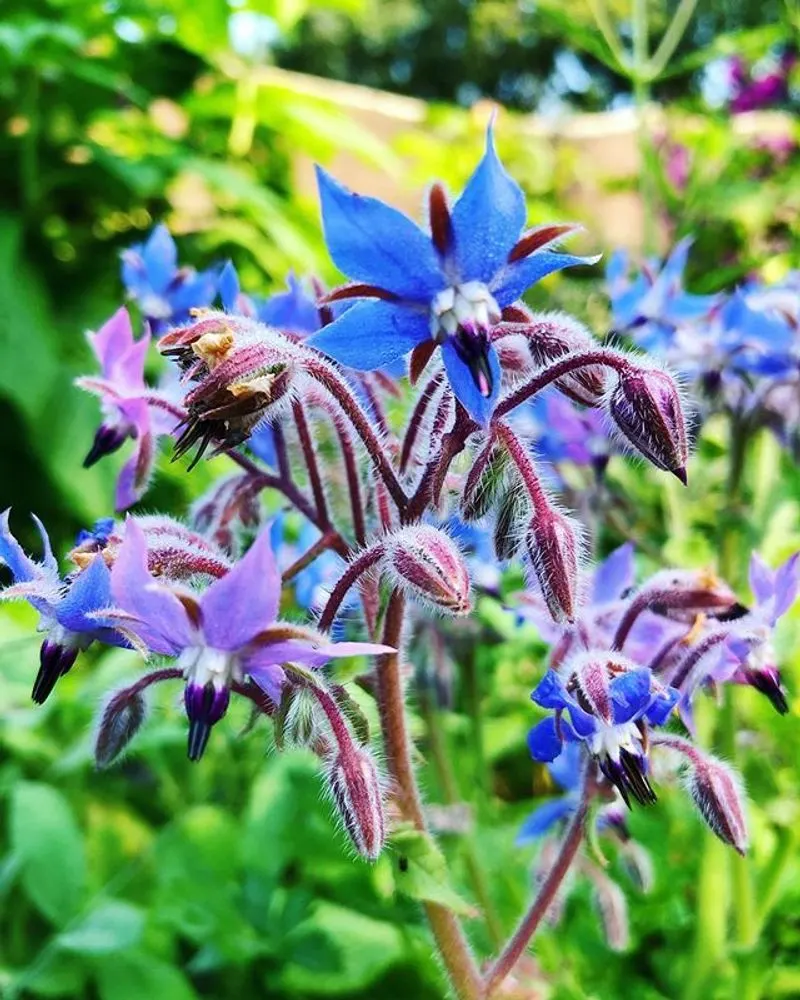
If you’re looking for a hint of cucumber in your dishes, borage is the flower to grow. Its star-shaped blue blooms are not only charming but also edible, often used to garnish drinks and salads. Historically, borage was believed to bring courage, a trait that resonates with its robust growing nature.
Borage thrives in sunny spots with well-drained soil, requiring little attention once established. Its ability to self-seed ensures that it returns year after year, delighting gardeners with its persistent beauty. Additionally, borage attracts pollinators, enhancing the biodiversity of your garden.
Calendula
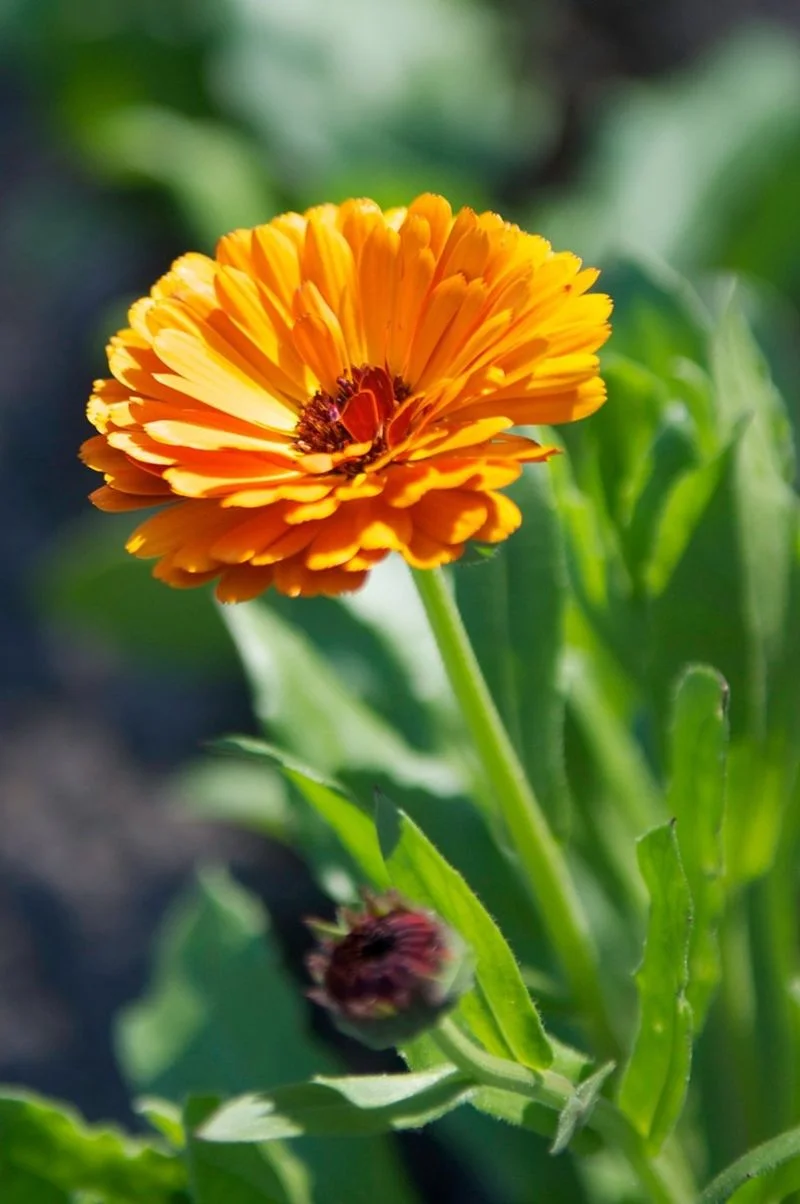
Often referred to as ‘poor man’s saffron,’ calendula flowers offer a unique, peppery flavor that enhances soups and stews. Their vibrant yellow petals are not only beautiful but also known for their medicinal properties, historically used for healing wounds.
Calendula prefers well-drained soil and a sunny position to flourish. Regular deadheading promotes a longer blooming period, ensuring a steady supply of flowers throughout the season. Calendula also acts as a companion plant, deterring pests and benefiting neighboring vegetables. Its practical benefits and cheerful appearance make it a garden staple.
Violas

Violas, known for their hardy nature, bring a burst of color and subtle sweetness to any garden or dish. These petite blooms are perfect for decorating desserts or infusing syrups, offering a taste of elegance.
Originating from Europe and Asia, violas have been appreciated for their ornamental beauty and culinary versatility. They thrive in cooler climates and prefer partial shade, making them suitable for urban gardens. Regular watering and well-drained soil ensure their continuous bloom. Violas’ resilience and charm make them an ideal choice for novice and experienced gardeners alike.
Dianthus
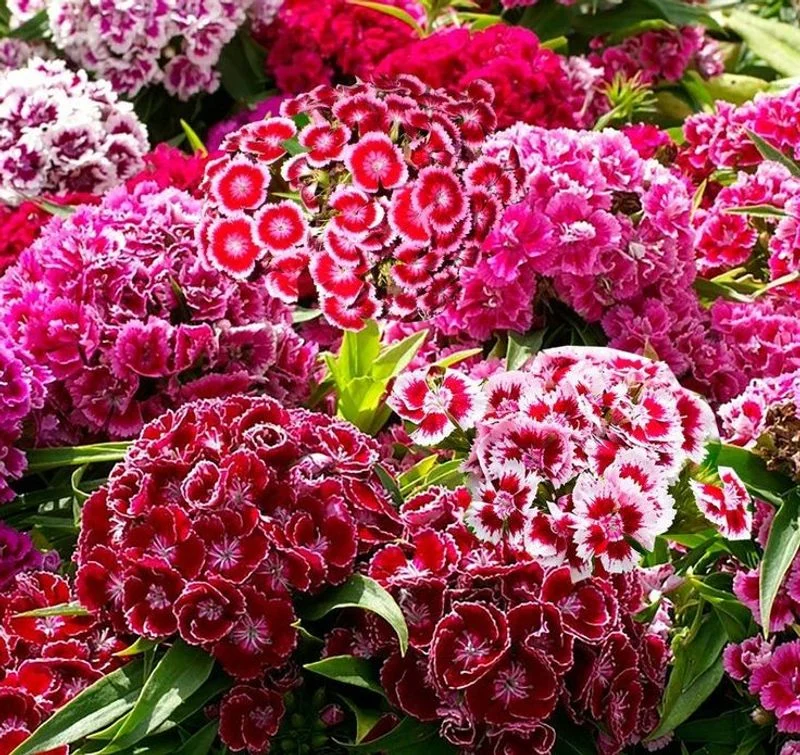
Dianthus, often called ‘pinks,’ are revered for their spicy-sweet scent, reminiscent of cloves. These petite flowers are perfect for flavoring cordials or as a garnish in cocktails. The ancient Greeks revered dianthus, believing them to be symbols of the gods’ divine love.
Preferring full sun and well-drained soil, dianthus require minimal maintenance and are drought-tolerant once established. Their compact size makes them ideal for edging garden borders or window boxes. Regular deadheading encourages constant flowering, providing an ample supply of blooms throughout the growing season.
Lavender
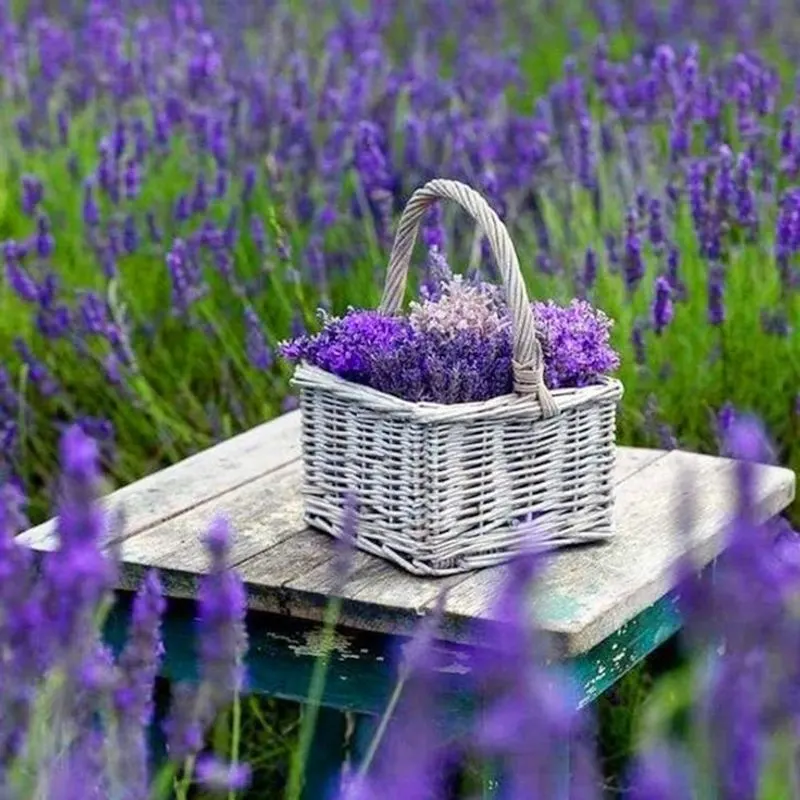
Lavender is celebrated for its soothing fragrance and versatility in the kitchen. Its floral notes enhance savory dishes, desserts, and teas, offering a unique culinary experience. Known since ancient times for its calming properties, lavender continues to be a symbol of tranquility.
To cultivate lavender, ensure it receives plenty of sunlight and resides in well-drained soil. Pruning promotes bushy growth, essential for abundant flowering. Lavender also repels insects, making it a practical addition to any garden. Its dual-purpose nature and timeless appeal make lavender a cherished favorite in gardens worldwide.

